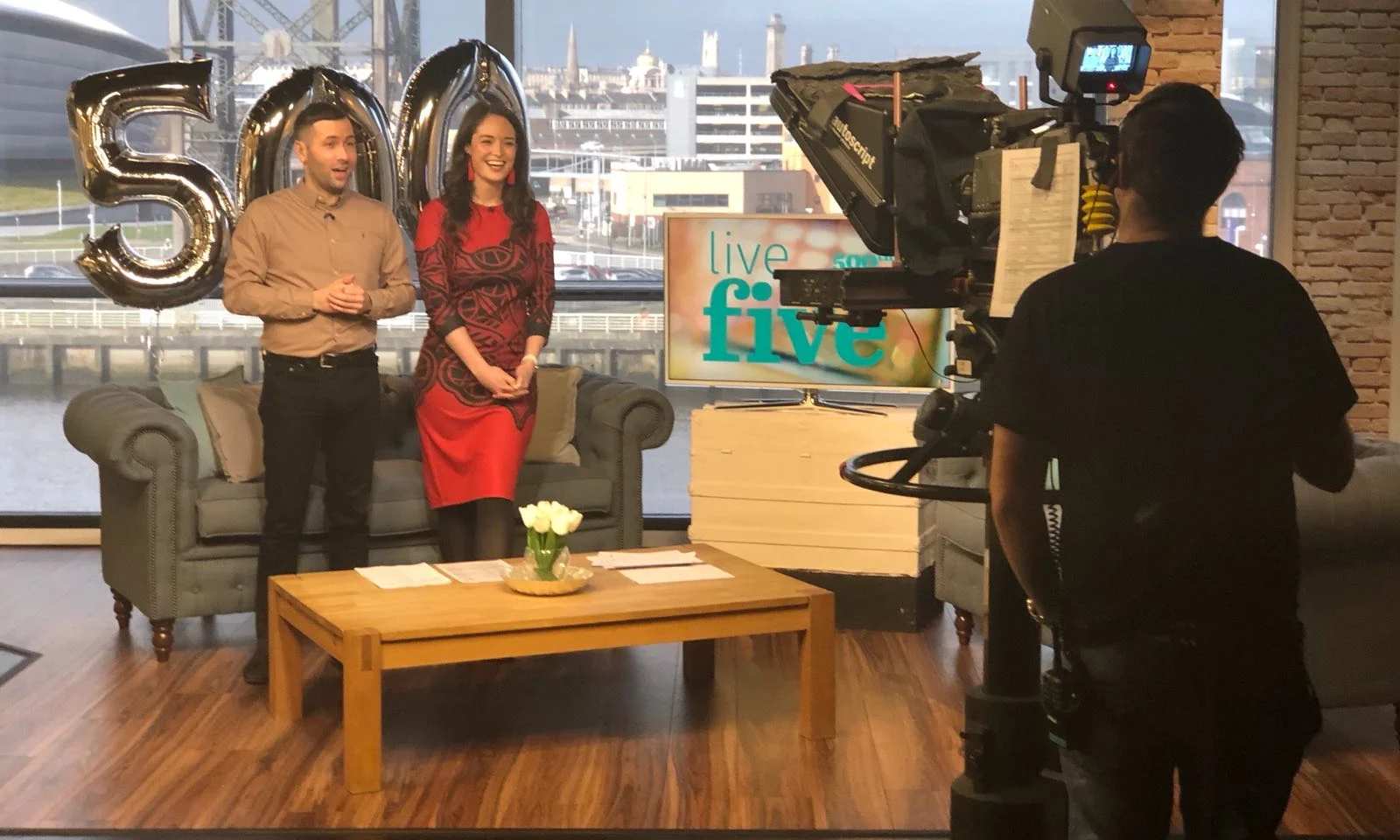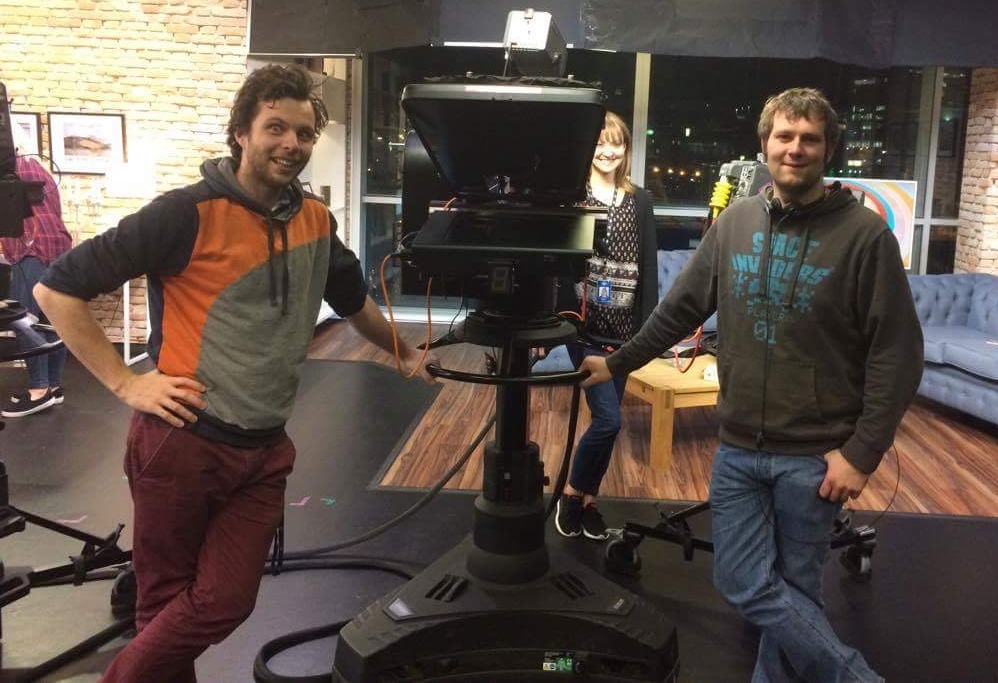Since 2015, I have been fortunate enough to learn a craft that a lot of people in my profession have deemed pointless as in the not so distant future, it may be dead.
To learn this skill I've walked hundreds of miles, filmed thousands of hours of broadcast television and met more guests, chefs, musicians and performers than I can possibly remember.
And I've done it all in a space no larger than 30ftX25ft
I am of course talking about being a Studio Camera Operator.
Obviously.....
Just about to go live on air
For me it all began when the previous Studio Cam Op/Graphic Designer on our team left.
Don't ask how those two skills combined, it's a much longer story and will only leave you with more questions than answers.
Joe was his name and he was moving on to pastures new, meaning a full-time replacement would be needed.
Until this new person could be hired however, they needed someone on the team to fill in.
I was the obvious choice for reasons that escape me, since I had never touched a studio camera before.
So on the Thursday before Joe left, I was supposed to be sent upstairs to the studio to shadow him for a bit and learn the ropes.
Unfortunately things conspired against us meaning that through neither his nor my fault, my shadowing and his imparting of knowledge ended up being a 15 minute crash course of how the controls worked, what the director would be expecting and generally what was expected from me in a studio environment .
Terrible things will happen if you press the button underneath this tape
It was agreed by the producers that the following day, which was to be Joe's last, I would essentially do all the studio camera work for our live show and Joe would watch over me, keep me right on camera positions and basically make sure I didn't mess up.
Again, things conspired against us and because we were short staffed, I was sent out on another job so I missed my chance for his excellent tutelage.
Consequently this meant the 15 minute crash course I had on Thursday was the only chance I got at learning how to operate the thing, until I was quite literally thrown in at the deep end on Monday.
Fortunately for me, Joe had left a couple of diagrams taped to the camera so I had an idea of where things were supposed to go during the live show.
To say I was nervous would have been an understatement, but from memory it seemed to go off more or less without incident.
You may have to ask others about it though, it's basically a blur in my mind.
500 episodes later...
Of course, as is the way of these things, my temporary stint on studio cam turned into months as a suitable replacement couldn't be found, all that meant though was it gave me the opportunity to hone my skills.
The Ped in all its glory
The Studio Cam, or Ped as we called it (Ped being short for Pedestal Camera), if you didn't know is a movable camera on wheels, able to elevate in height and move in any direction the operator wishes.
It has a centre, horizontal steering wheel for controlling the direction of movement and the height control is gas powered.
The gas is pressurised and is basically a large hydraulic system.
Getting the correct amount of gas in is a bit of trial and error, as it depends on the weight of the rig you're putting on.
The goal is to have the camera stay at one height without needing to lock the centre column and make it easy to adjust on the fly.
Too much gas and it will always rise up, too little and it will sink, you're looking for a Goldilocks amount.
We had a situation once where the engineers from the workshop had re-gassed the system, as they have to from time to time, but they had done it when the camera was off the Ped being serviced and more importantly, hadn't told us.
Consequently I came in the next day. to find the rig about 12ft in the air!
I tried to adjust the height but couldn't budge it, I assumed a lock I didn't know about had been engaged so went to fetch Connie, the person in charge of Vision in the studio.
Both of us ended up hanging off the Ped with our full weight trying to pull it down, but it would not move even a fraction.
The boys from the workshop were called in and they sheepishly came upstairs when nobody was around to let some of the gas out!
Mine wasn't the only camera on the studio floor however, there were 3 others which were controlled remotely, these can be commonly known as Hot Heads.
Connie was in charge of these 3 cameras, operating the pan, tilt, zoom, focus and iris. The only thing she couldn't control was their physical position or height, so my job was to move these 3 cameras to various marked positions on the studio floor, as well as operating my own camera.
Connie and I had to work in relative harmony with each other.
From her position in the Vision Gallery, her only view of the studio was through the cameras, so I had to ensure the area around the cameras was always safe and clear of people when she was panning them around to their next position.
A shot of myself in action and one of the Hot Heads, pictured on the right, during a performance from Saint Motel
Jacob's first show by himself, I was so proud
Eventually a full-time Studio Camera Operator/Graphic Designer (again, don't ask) was found and so I went from student to teacher.
I distinctly remember Jacobs first time in the studio and operating the camera.
He was just as nervous as I had been, if not more, so I done my best to act casual and as if there was no stress involved, but in a live studio environment, it can become quite stressful pretty quickly if you're not paying attention.
I'll always try to help someone out if I can, my view is there's no shame in asking for help and we all have to start somewhere.
Fortunately for Jacob, time had been set aside to teach him how to operate the Ped, so for his first few days he was shadowing me as I tried to explain things to him, giving him more and more hands on time, before finally letting him operate the camera for a full live show.
He was a natural and picked it up pretty quickly after that.
I got to know him pretty well and we got on great
A year later however, Jacob had decided to move on to another opportunity, so for his last show, I made sure I was in the studio to see him out.
We've stayed in touch and worked on other projects together, and I am fortunate enough to count him as a good friend.
Myself and Jacob after his last show.... also featuring an excellent photobomb by Connie
After this, the people in charge decided that it was not worthwhile to employ someone as a full-time Studio Cam Op, so it more or less fell to me to do it the vast majority of the time.
The daily role on the studio camera consisted of filming a band that had been booked, any pre-recorded guest interviews and promos for the show.
But the set was used for more than one show however and we would routinely be filming cooking shows, a weekly entertainment roundup, politics, compilation programs and a late night talk show.
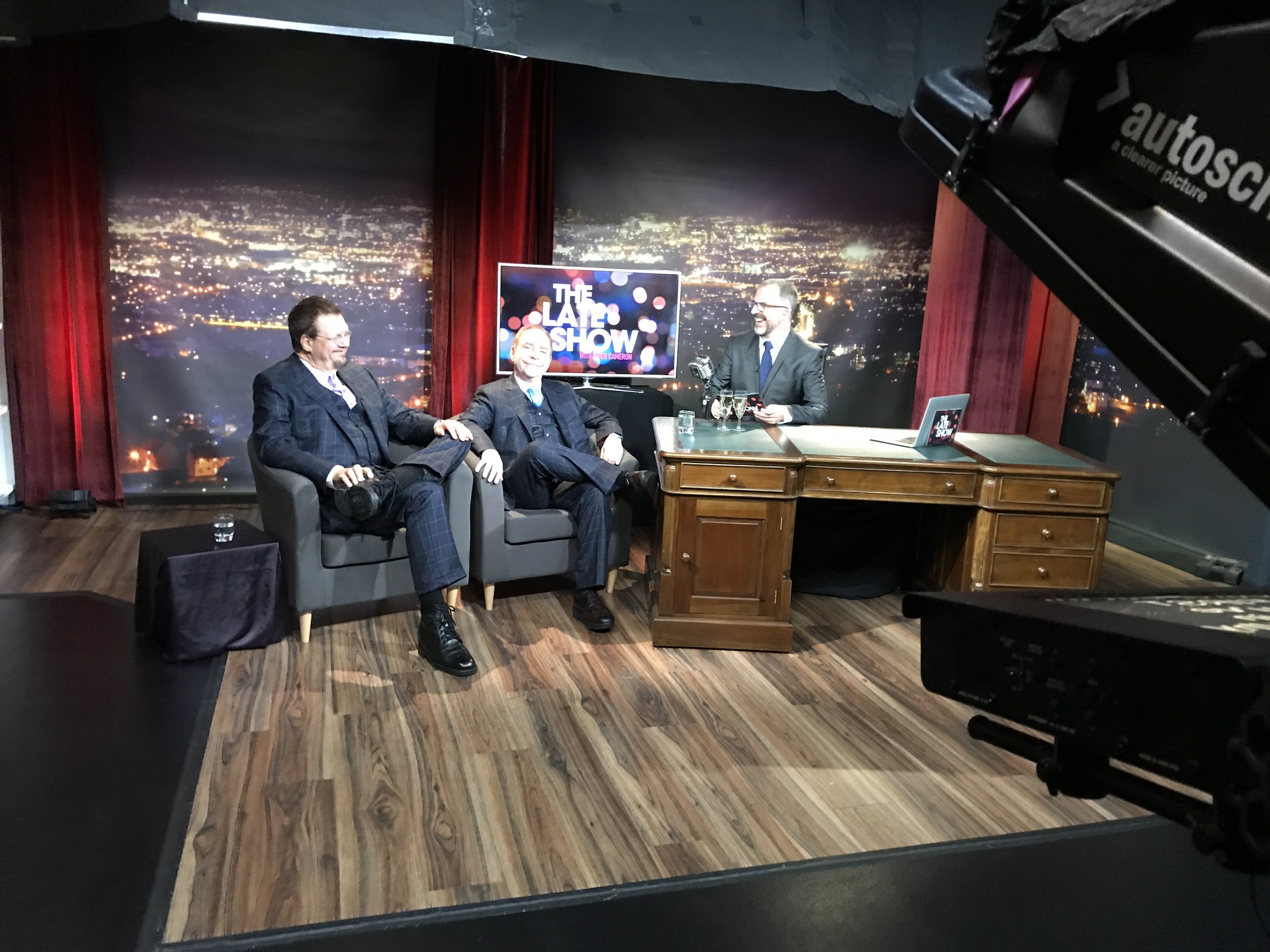

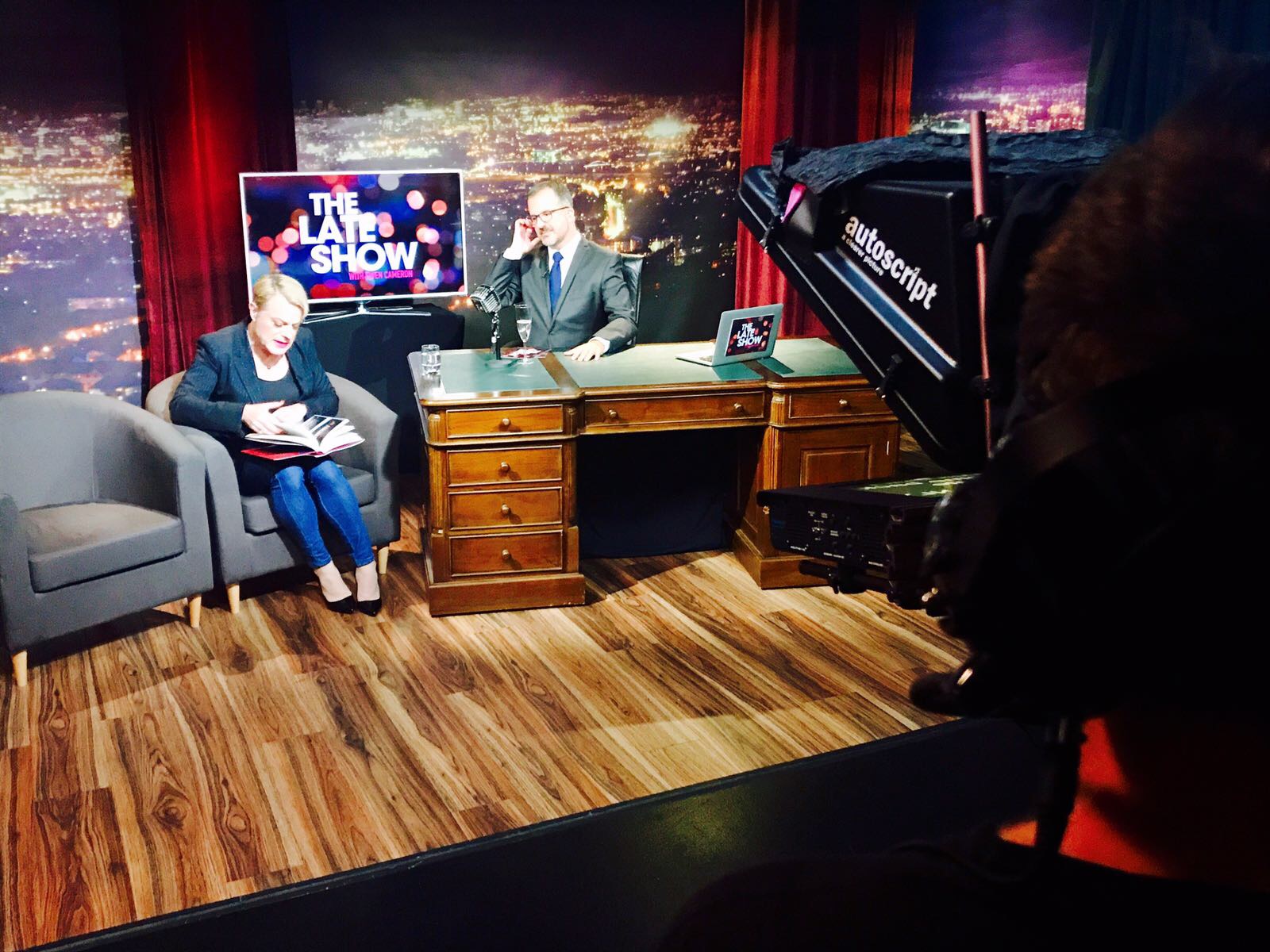

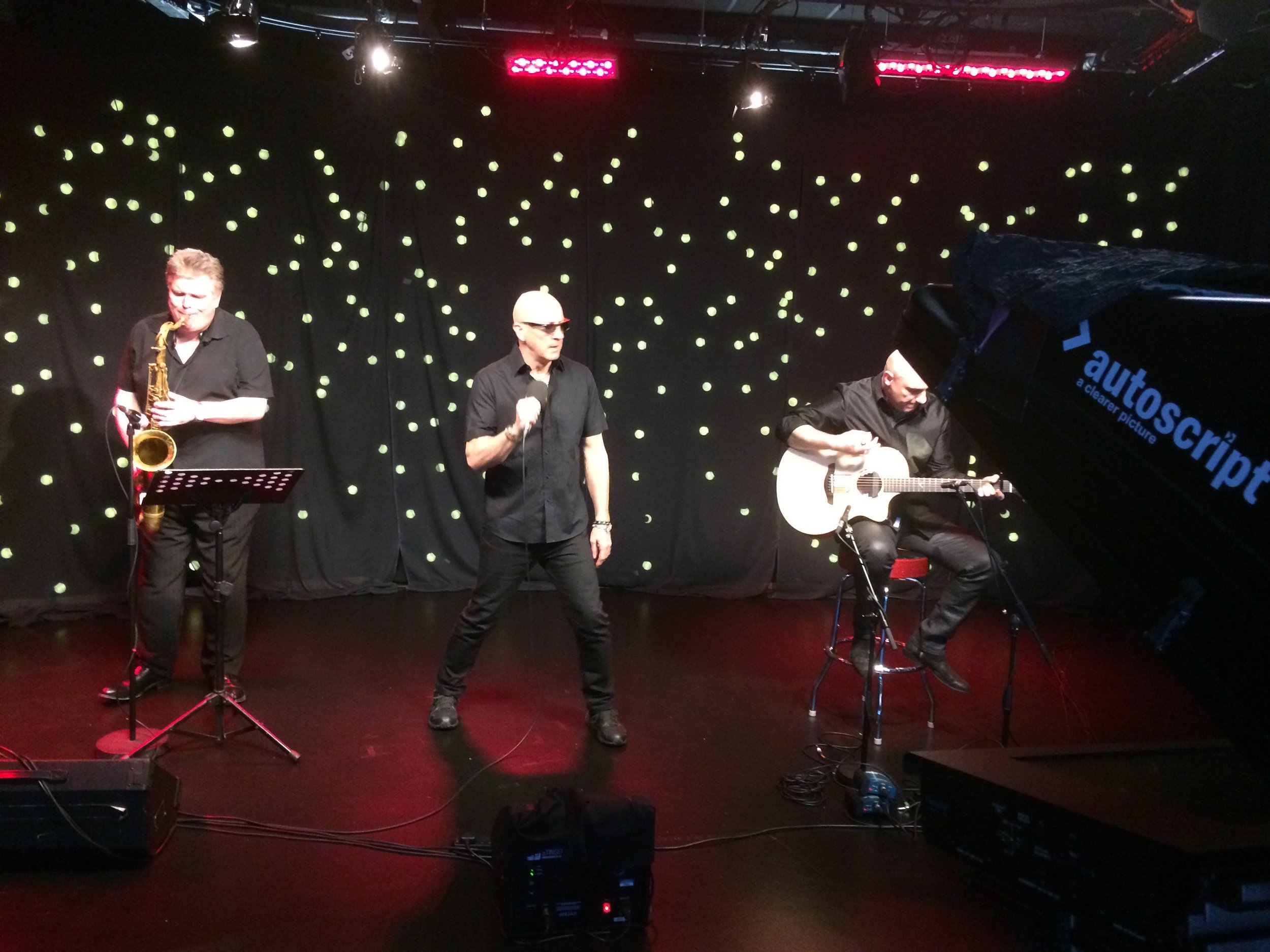
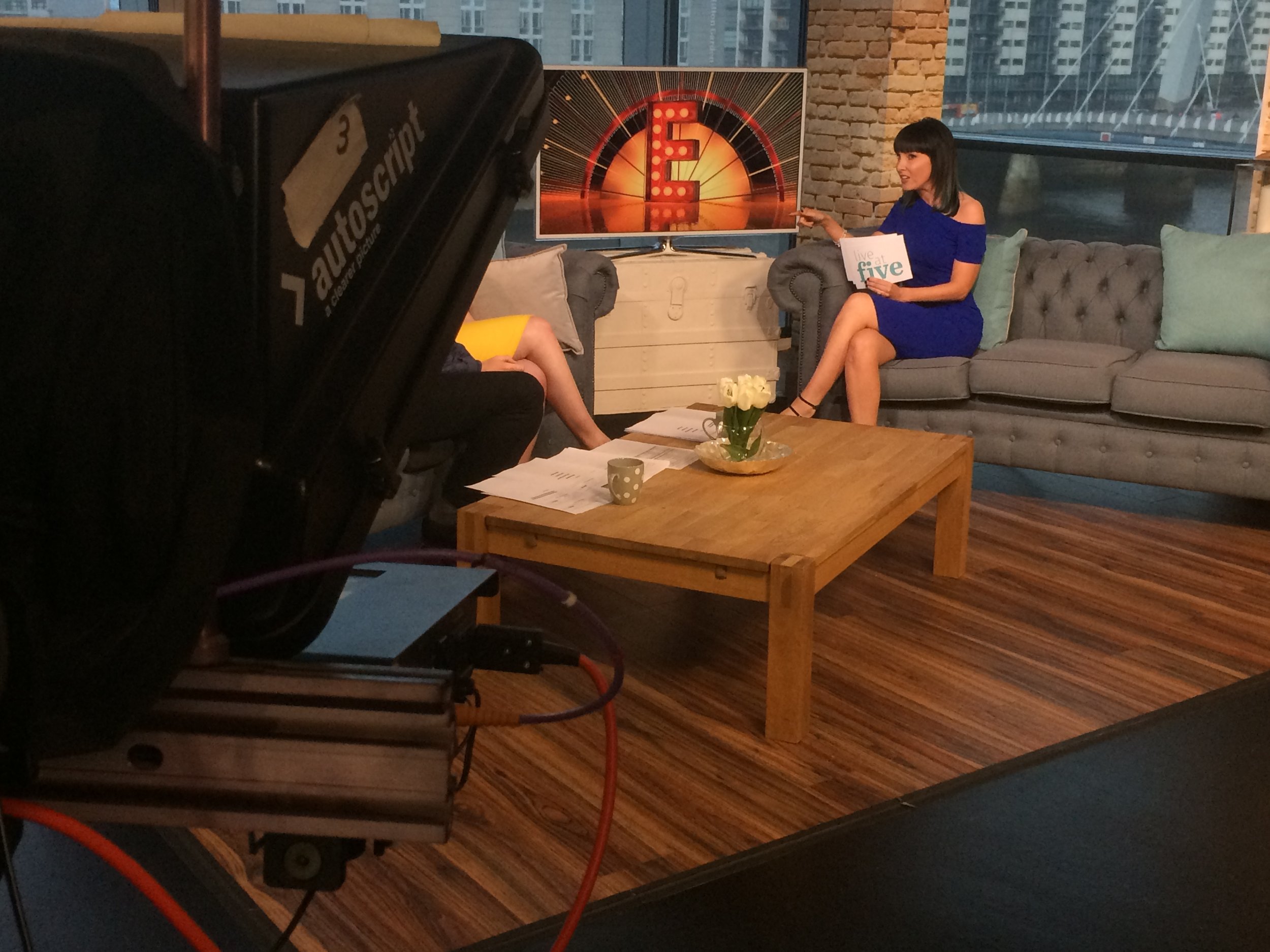
I wasn't exaggerating when I said I'd filmed thiusands of hours and walked hundreds of miles in that studio!
All good things must come to an end however and eventually the powers that be decided on a new direction and consequently the show has ended.
By this point a rota system had been put in place amongst myself and my colleagues for the studio camera and so I wasn't doing it as routinely as I had before, but when I heard the show was ending I volunteered to operate the camera for the final episode.
It was a matter of pride to myself that I do it, as I had easily used it the most and spent the most time on the studio floor out of all of us.
So for the final show, I operated the oh so familiar controls one last time, I'd be lying if I said it wasn't somewhat emotioanal.
I daresay I'll get to use a studio camera again at some point, but if I don't it was nice to end it where it all began.
- M
That's a wrap
